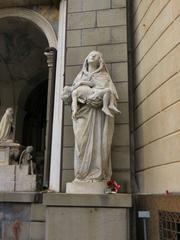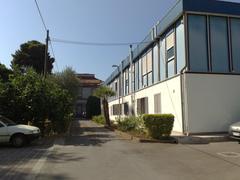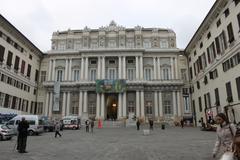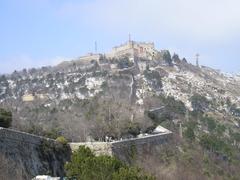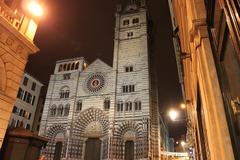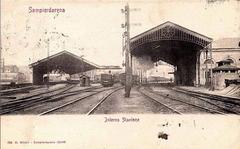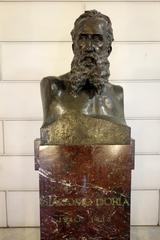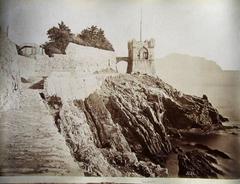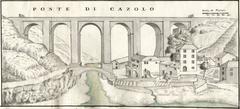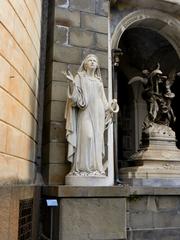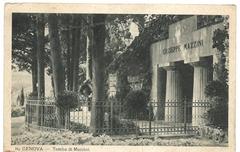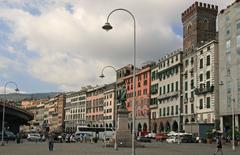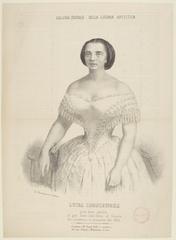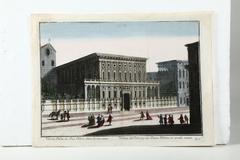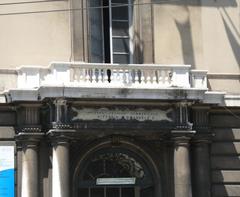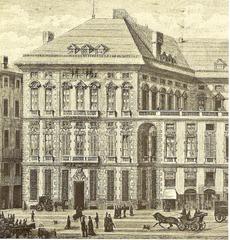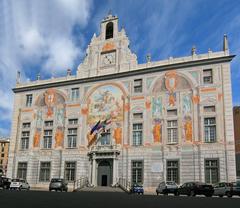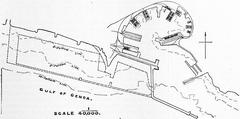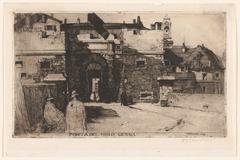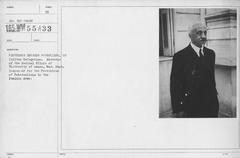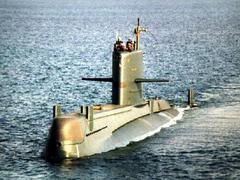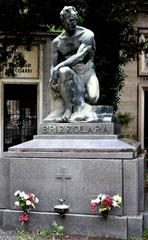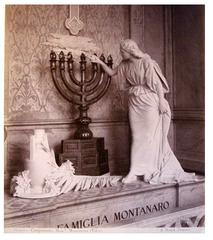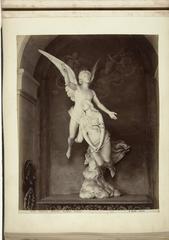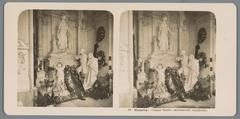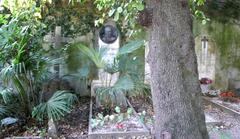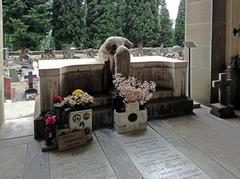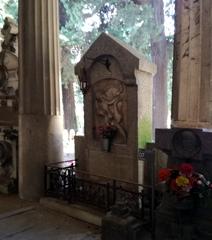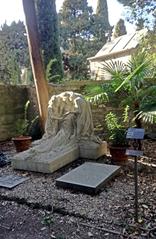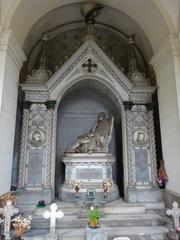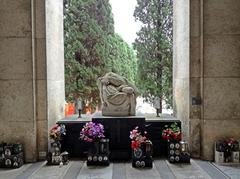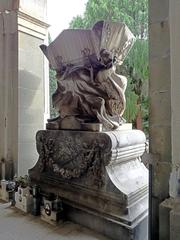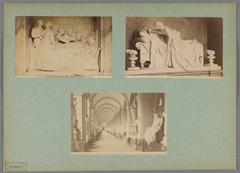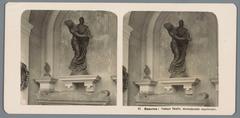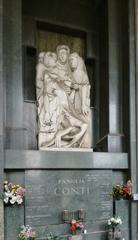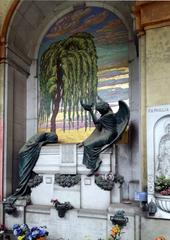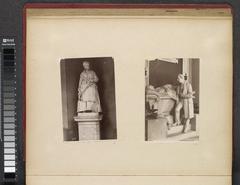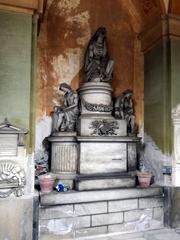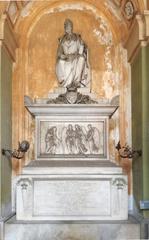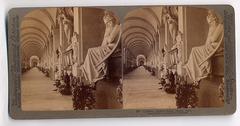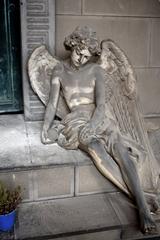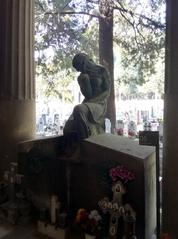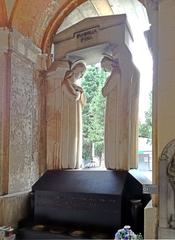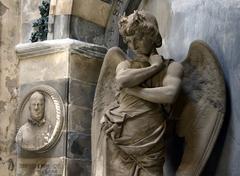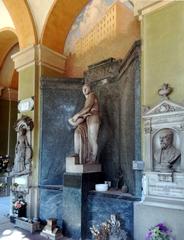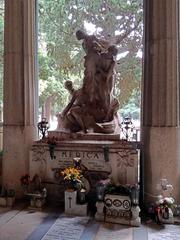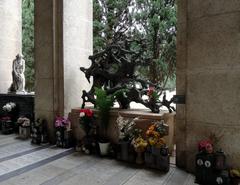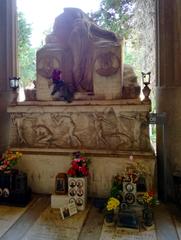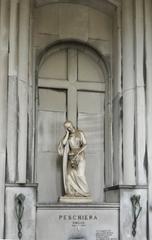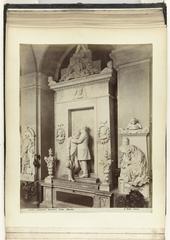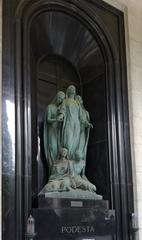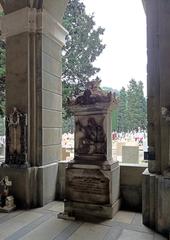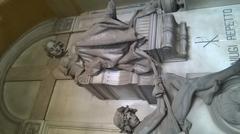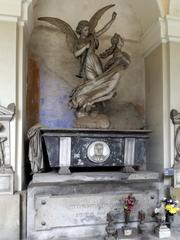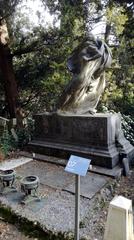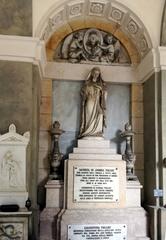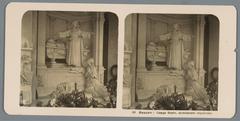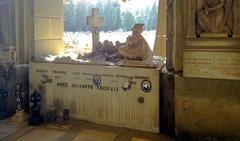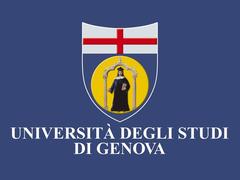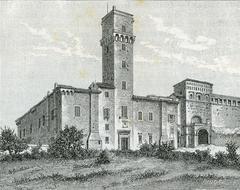Comprehensive Guide to Visiting Forte Santa Tecla, Genoa, Italy
Date: 19/07/2024
Introduction
Forte Santa Tecla, a historical fortress nestled in the heart of Genoa, Italy, offers visitors a profound connection to the city’s rich military past. Constructed between 1747 and 1751 during the War of the Austrian Succession, this fort stands as a testament to 18th-century military engineering and Genoa’s strategic defense mechanisms. Designed by Jacques de Sicre, the fort features robust bastions, ramparts, and a moat, reflecting the era’s architectural ingenuity. Over the centuries, Forte Santa Tecla has played pivotal roles in various military conflicts, including the Napoleonic Wars, where it served as a key defensive position against British forces. Today, it has been meticulously restored and repurposed as a cultural and historical site, offering exhibitions and guided tours that provide deep insights into Genoa’s storied past (fortesantatecla).
Table of Contents
- Introduction
- Origins and Construction
- Architectural Design
- Military Significance
- Role in the Napoleonic Wars
- Decline and Restoration
- Modern Era and Cultural Significance
- Visitor Information
- Preservation Efforts
- FAQ
- Conclusion
Origins and Construction
Forte Santa Tecla, located in Genoa, Italy, is a significant historical structure with roots tracing back to the 18th century. The fort was constructed between 1747 and 1751 during the War of the Austrian Succession. The Genoese Republic, seeking to bolster its defenses against potential invasions, commissioned the fort’s construction. The strategic location of Forte Santa Tecla on the heights of the city provided a vantage point for monitoring and defending against naval and land-based threats.
Architectural Design
The architectural design of Forte Santa Tecla reflects the military engineering principles of the 18th century. The fort was designed by the military engineer Jacques de Sicre, who incorporated elements typical of the era’s fortifications, such as bastions, ramparts, and a moat. The fort’s layout is a polygonal structure with multiple levels, allowing for a comprehensive defense system. The use of local stone and brick in its construction not only provided durability but also helped the fort blend with the surrounding landscape.
Military Significance
Throughout its history, Forte Santa Tecla played a crucial role in Genoa’s military strategy. During the War of the Austrian Succession, the fort served as a defensive stronghold against Austrian forces. Its strategic position allowed Genoese forces to control access to the city and protect vital supply routes. The fort’s artillery placements were designed to cover both land and sea approaches, making it a formidable obstacle for any invading force.
Role in the Napoleonic Wars
The Napoleonic Wars (1803-1815) marked another significant period in the history of Forte Santa Tecla. Genoa, under French control, utilized the fort as a key defensive position against British naval forces. The fort’s artillery was upgraded to accommodate more advanced weaponry, reflecting the evolving nature of military technology during this period. Despite the fort’s robust defenses, Genoa eventually fell to British forces in 1814, leading to a brief period of British occupation.
Decline and Restoration
Following the Napoleonic Wars, Forte Santa Tecla’s military significance began to wane. The unification of Italy in the mid-19th century and the advent of modern military technology rendered many traditional fortifications obsolete. By the late 19th century, the fort was largely abandoned and fell into disrepair. However, recognizing its historical and architectural value, the Italian government initiated restoration efforts in the early 20th century. These efforts aimed to preserve the fort’s structural integrity and historical authenticity.
Modern Era and Cultural Significance
In the modern era, Forte Santa Tecla has been repurposed as a cultural and historical site. The fort now serves as a museum and exhibition space, showcasing Genoa’s rich military history and the architectural ingenuity of the 18th century. Visitors can explore the fort’s various levels, including the barracks, armory, and lookout points, gaining insight into the daily lives of the soldiers who once manned its defenses.
Visitor Information
Visiting Hours and Ticket Prices
Forte Santa Tecla is open to visitors year-round, with seasonal variations in opening hours. Typically, the fort is open from 10 AM to 6 PM, with extended hours during the summer months. Tickets are priced at €10 for adults, €7 for seniors and students, and free for children under 12. For the most updated information, visitors are encouraged to check the official Forte Santa Tecla website.
Travel Tips and Nearby Attractions
Visitors can reach Forte Santa Tecla by public transportation, with several bus lines stopping near the fort. Parking is available for those traveling by car. Nearby attractions include the Genoa Aquarium, the Maritime Museum, and the historic center of Genoa, all of which are within a short distance from the fort.
Guided Tours and Special Events
Guided tours are available and highly recommended for a comprehensive understanding of the fort’s history and architecture. Special events, such as historical reenactments and exhibitions, are regularly hosted at the fort. These events offer unique insights into the fort’s past and enhance the visitor experience.
Preservation Efforts
Ongoing preservation efforts are crucial to maintaining Forte Santa Tecla’s historical and architectural integrity. The Italian Ministry of Cultural Heritage and Activities oversees these efforts, ensuring that the fort remains a valuable educational and cultural resource. Restoration projects have focused on stabilizing the fort’s structure, repairing damaged masonry, and preserving original architectural features. These efforts are supported by both public funding and private donations, reflecting the fort’s enduring significance to the local community and beyond.
FAQ
What are the visiting hours for Forte Santa Tecla?
The fort is typically open from 10 AM to 6 PM, with extended hours during the summer months. Check the official website for the most current information.
How much are tickets to visit Forte Santa Tecla?
Tickets are priced at €10 for adults, €7 for seniors and students, and free for children under 12.
Is Forte Santa Tecla accessible for visitors with mobility challenges?
Yes, accessibility improvements have been made to accommodate visitors with mobility challenges.
What nearby attractions can I visit?
Nearby attractions include the Genoa Aquarium, the Maritime Museum, and the historic center of Genoa.
Conclusion
Forte Santa Tecla stands as a testament to Genoa’s rich military history and architectural heritage. Its evolution from a strategic military fortification to a cultural landmark reflects the broader historical changes that have shaped the region. Today, the fort continues to educate and inspire visitors, offering a window into the past and a reminder of the enduring importance of historical preservation. To stay updated on all events and exhibits, consider following Forte Santa Tecla on social media or visiting their official website.
References
- Discover Forte Santa Tecla - History, Visiting Hours, Tickets, and More, 2024, fortesantatecla
- Visiting Forte Santa Tecla - History, Ticket Information, and Travel Tips in Genoa, 2024, fortesantatecla



